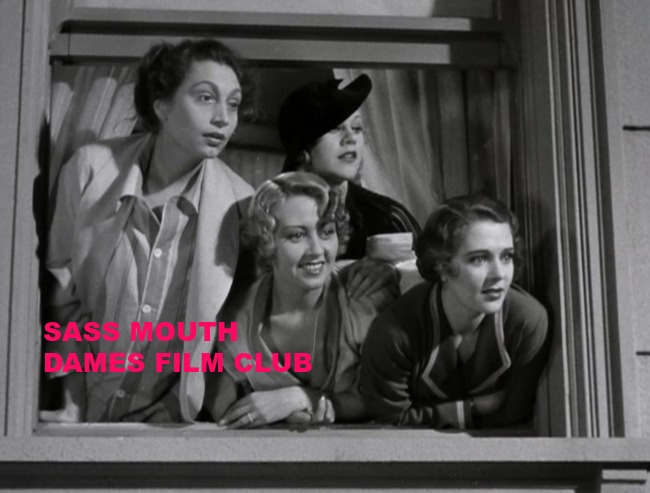
In the past month, the Sass Mouth Dames Film Club, a club dedicated to presenting women’s pictures produced between 1929 and 1959, has run its 11th season. This season investigated films at the border of pre-Code Hollywood.
The code in question was rolled out, in part, to rehabilitate Hollywood’s image after the murder of silent film director and actor William Taylor and the alleged rape of actress and model Virginia Rappe by Roscoe Arbuckle. William Hays became the first chairman of the Motion Picture Producers and Distributors of America (MPPDA) in 1922. As chair, Hays was appointed to enforce the colloquially named Hays Code, which sought to censor films with content like miscegenation or excessive kissing, and to make sure that good taste was exercised at all times when dealing with sensitive matters such as the use of the American flag or the institution of marriage.
“Pre-Code” refers to the period in Hollywood history between the introduction of talkies and the enforcement of the Hays Code. While the code was created in 1930, little attention was initially paid to its guidelines. The first film subjected to the code, The Blue Angel, for example, passed without revisions even though the California censor had deemed the film indecent.
In 1934, Joseph Breen was hired as the new head of the Production Code Administration. Breen ran what many filmmakers of the era claimed to be a despotic campaign to purify the screen. In the years following his appointment, writers and directors would find it impossible to portray justified revenge, or indeed any “vulgar” action taken by a character that was considered by Breen and his associates to be mitigated by sympathetic circumstances.
The films shown at the 11th series – Blondie of the Follies, Forbidden, Merrily We Go to Hell and Shanghai Express – are each examples of talking pictures that skirted past the censorship committee before the beginning of Breen’s reign. These four films indicate the direction that Hollywood might have taken were it not for the Hays Code.
All of these four films feature important artistic contributions by the female artists involved. Merrily We Go to Hell was directed by Dorothy Arzner, Blondie of the Follies was written by Anita Loos and Frances Marion, while Barbara Stanwyck, Marion Davies, Sylvia Sydney and Marlene Dietrich were all billed ahead of their male counterparts.
The Hays Code saw Hollywood films become more conservative instead of bold and socially daring. By the end of the 1960s, the Hays Code had, by and large, lost its official influence on the censorship of films, though whether it is partially responsible for the gender inequality in today’s cinema industry remains up for debate.
While you may have missed the first three movies of the series, you can still catch Shanghai Express, which will be screened on Thursday, September 26th, at 7.30pm in Brooks Hotel on Drury St. Series 11 of the Sass Mouth Dames Film Club highlights the direction Hollywood films were headed in 1932 before the code was enforced – and it’s not to be missed. The film is no ordinary love story, as it details a tale of murder, sex and religion.






